Machu Picchu tops countless bucket lists, yet most visitors experience only a fraction of what this ancient wonder offers. Beyond the classic postcard view lies a complex archaeological site with mysteries still unfolding.
The difference between an ordinary visit and a transformative journey often comes down to what you choose to see beyond the main ruins. Here is a list of 16 experiences that transform an ordinary visit to Machu Picchu into something truly extraordinary.
Dawn Patrol
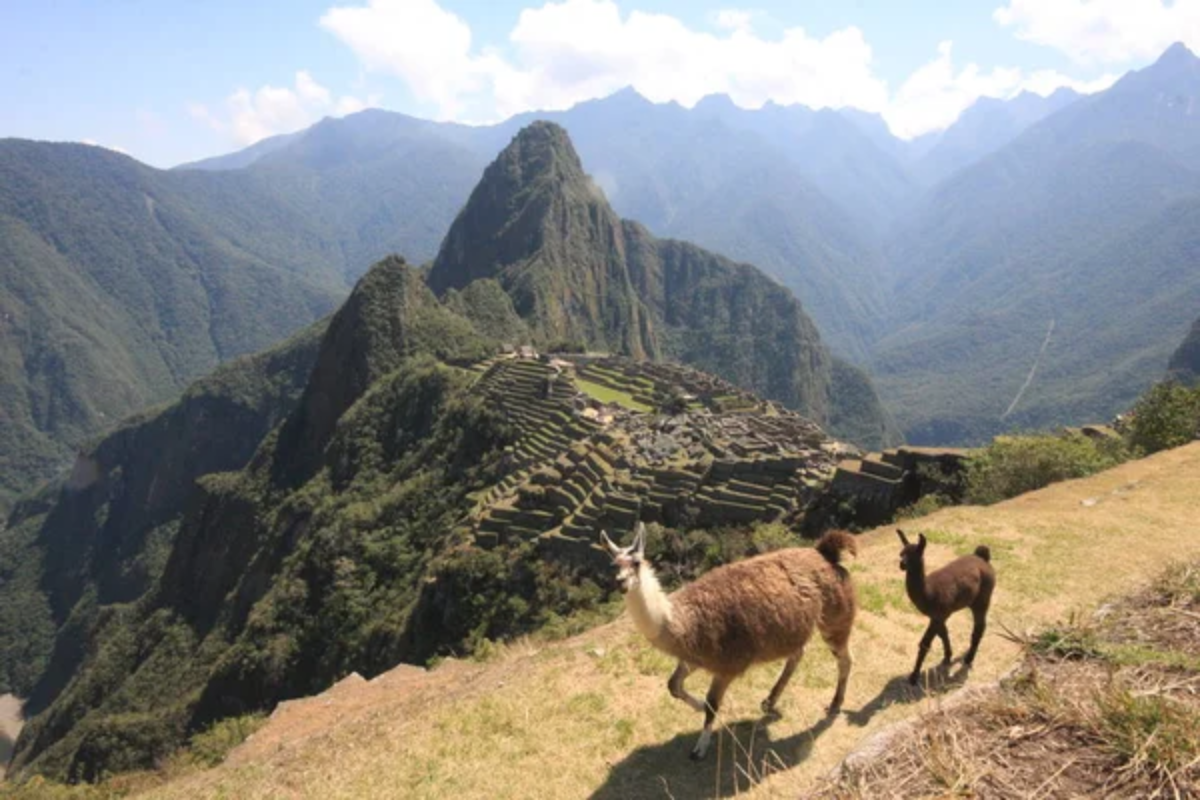
Arriving for the first entry slot transforms the entire experience – the site genuinely feels like a lost city when morning mist still clings to stone terraces. Shadows stretch dramatically across ancient walls as sunlight gradually illuminates structures that remained hidden from the world for centuries.
The early start requires genuine commitment yet rewards early risers with moments of near-solitude impossible later in the day. Those famous Instagram views actually live up to expectations when shared with dozens rather than thousands of fellow travelers.
Wayna Picchu Climb
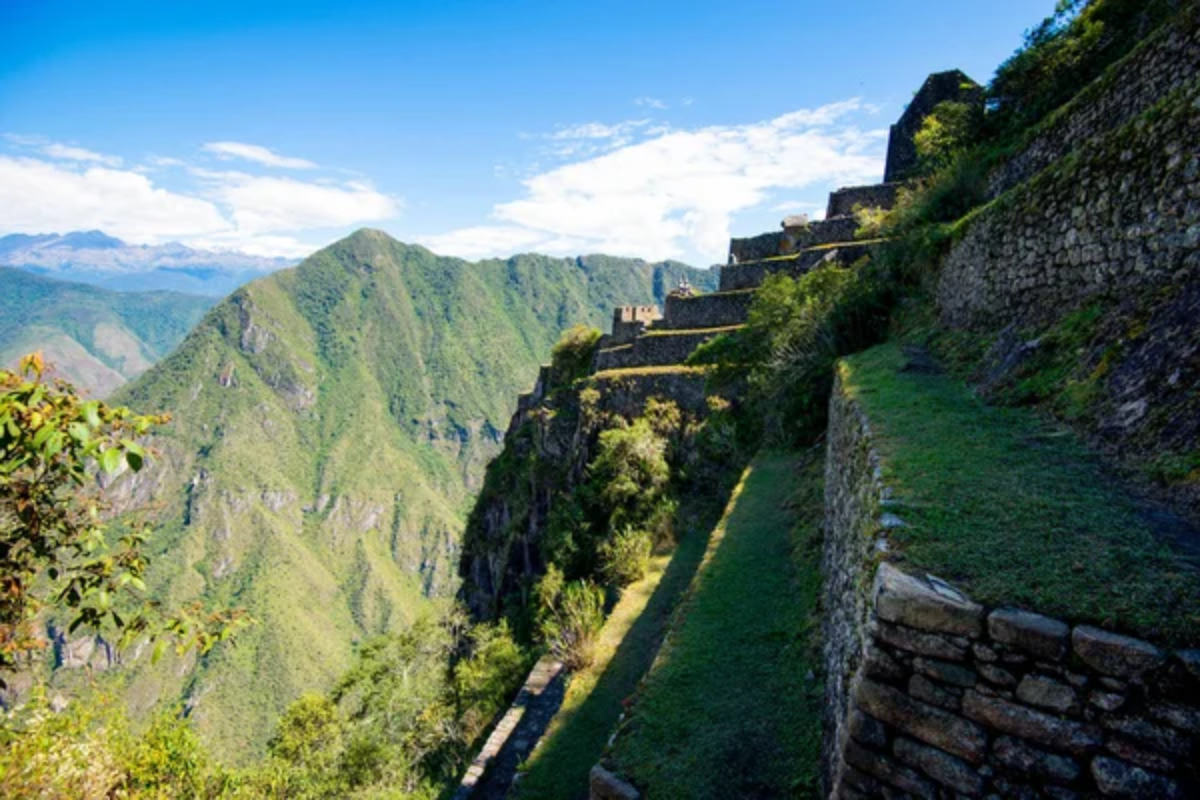
This steep peak looming behind the main ruins offers the site’s most dramatic perspective – and limits daily climbers to maintain its pristine condition. The ancient stairways carved into near-vertical rock faces trigger both wonder and white-knuckle focus, requiring full attention to each handhold.
Stone terraces appear near the summit, where Inca priests once performed ceremonies with unmatched views of the sacred valley below. The reward for this challenging hour-long ascent isn’t just the panoramic vista but the profound appreciation for Inca engineering that somehow created a spiritual complex on such seemingly impossible terrain.
Like Travel Pug’s content? Follow us on MSN.
Temple of the Moon
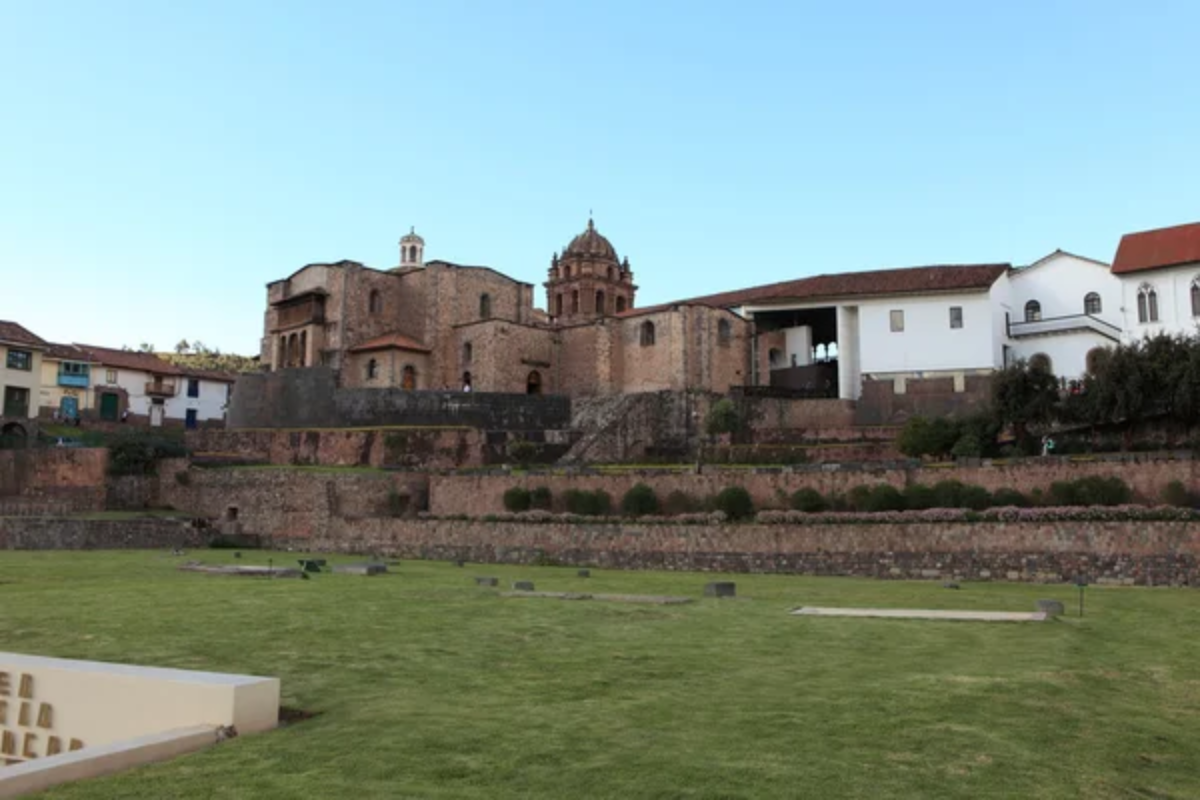
Hidden within Wayna Picchu’s shadow lies this mysterious cave temple that most visitors never discover. The journey requires navigating steep, narrow paths that wind behind the mountain – following routes used by Inca priests centuries ago.
Natural rock formations blend seamlessly with human-made structures in ways that showcase at the Inca’s relationship with the natural world. Morning light penetrates deep into the cavern only during specific astronomical alignments, hinting at sophisticated knowledge systems built into the site’s very architecture.
Sacred Rock Hike
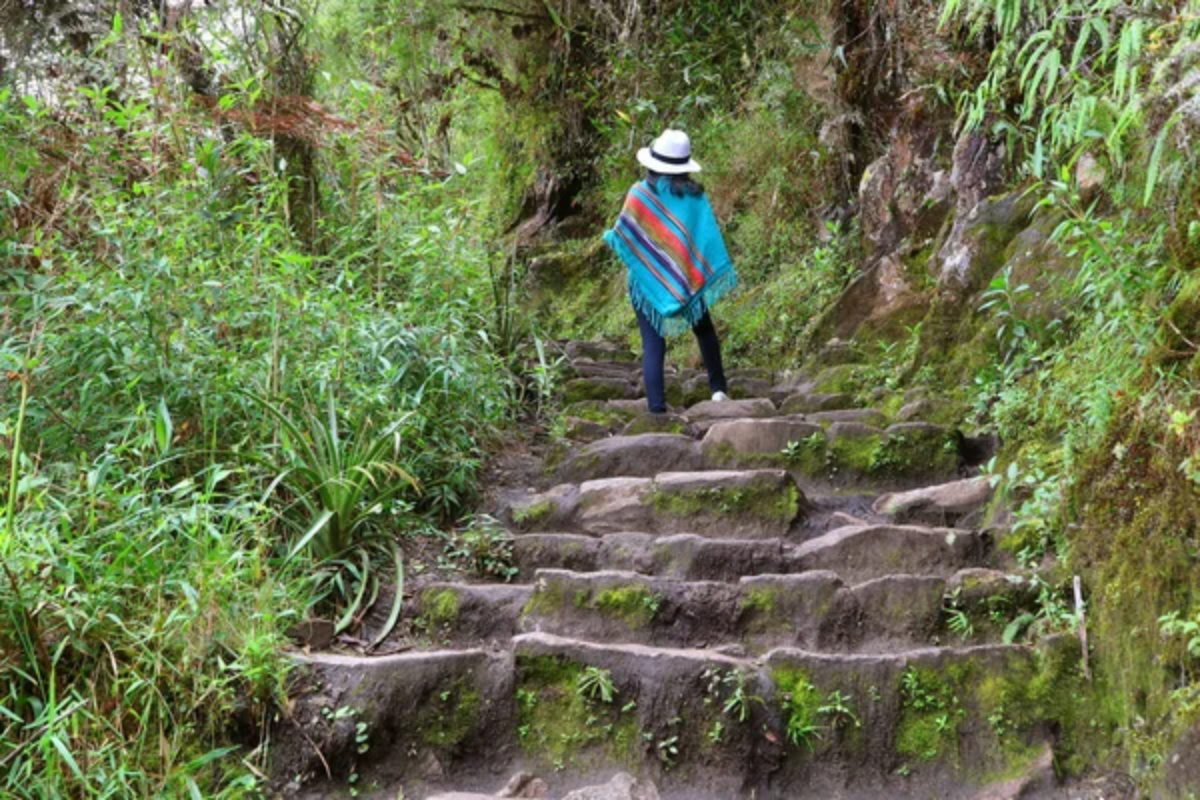
This lesser-known trail leads to an enormous carved stone resembling the mountain profile behind it – demonstrating how the Incas mirrored natural landscapes in their ceremonial spaces. The moderately difficult path offers continuously changing perspectives on the main ruins without the extreme challenge of Wayna Picchu.
Distinctive ecological zones appear along the route, from cloud forest sections to exposed rocky areas hosting specialized plant communities. Arriving at this massive ritual stone after the uphill journey creates moments of genuine wonder about the spiritual significance this exact spot held six centuries ago.
Inca Bridge Trail
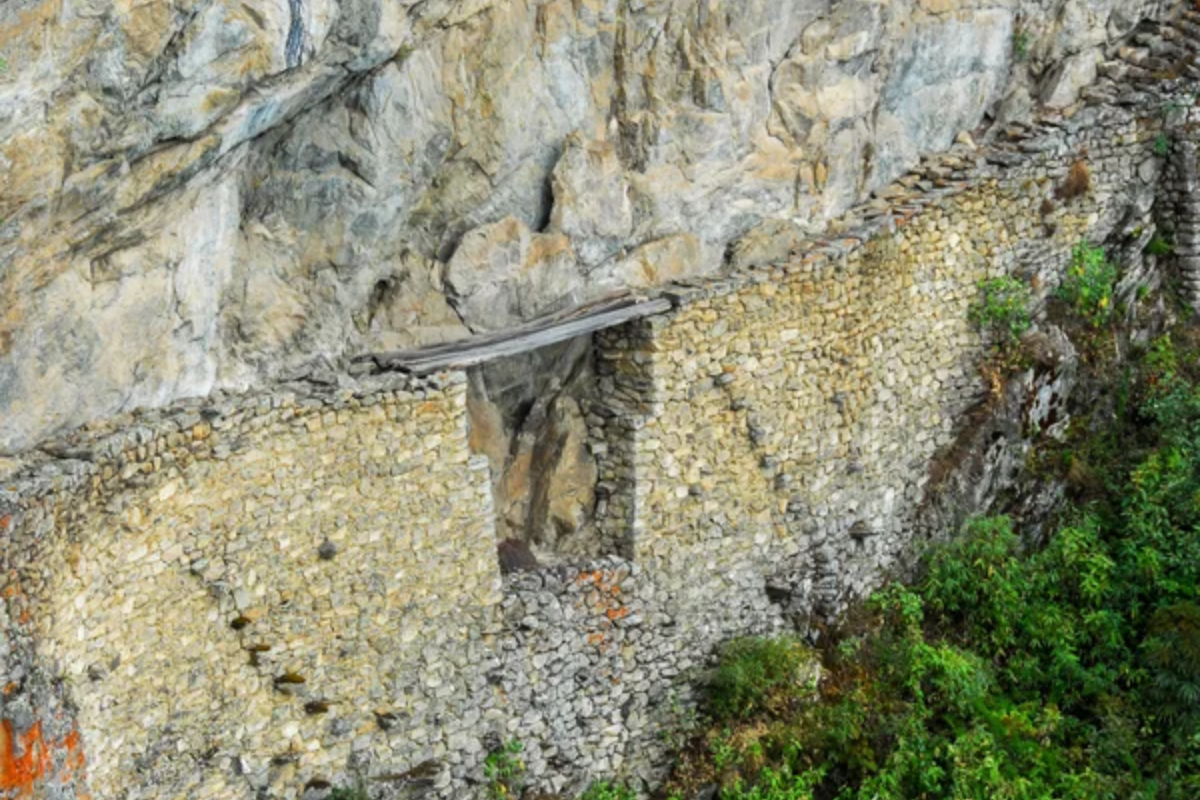
Hidden on Machu Picchu’s western flank, this abbreviated trail showcases Inca military engineering rather than religious architecture. The path winds along a sheer cliff face where Inca builders created a retractable bridge system – a sophisticated defensive feature protecting the citadel’s vulnerable side.
Yellow warning signs remind modern hikers of genuine danger, with vertigo-inducing drops just inches from the narrow pathway. The relatively short duration makes this side-adventure accessible even within time-constrained visits, offering glimpses into strategic aspects of Machu Picchu often overshadowed by its spiritual elements.
Like Travel Pug’s content? Follow us on MSN.
Intipunku Sunset
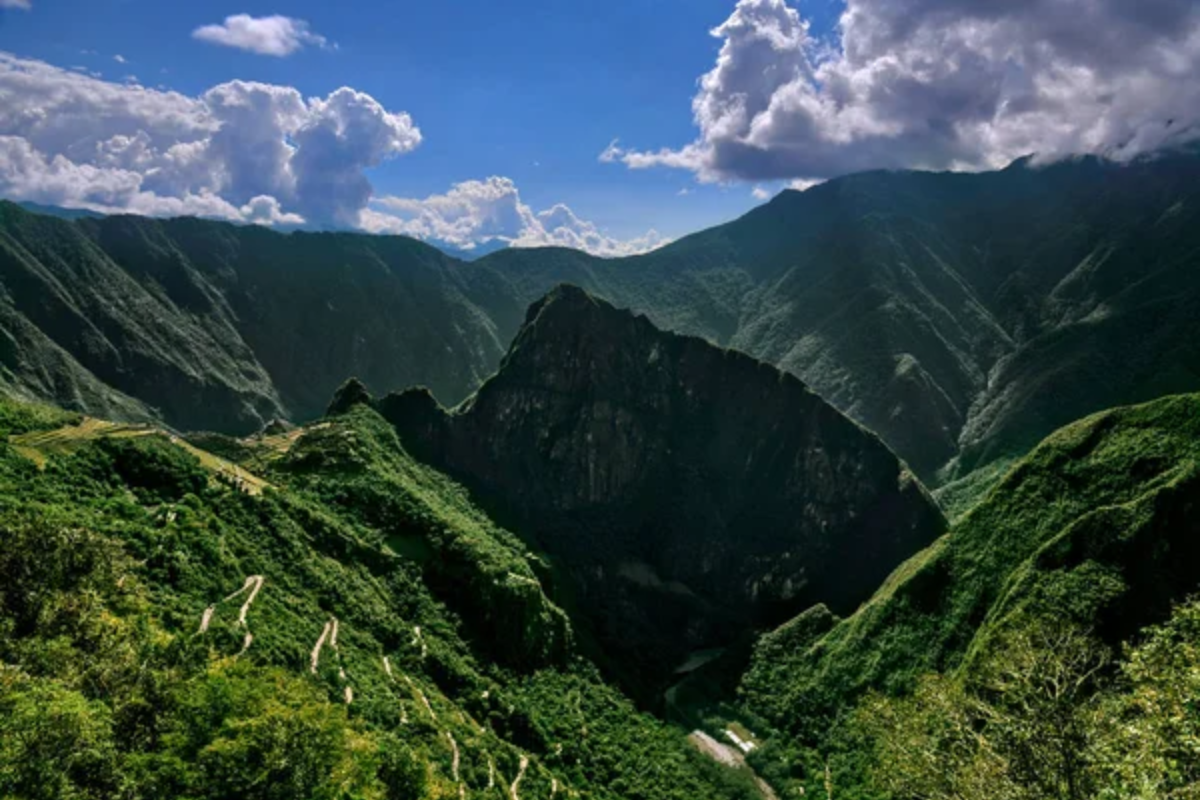
The original gateway to Machu Picchu along the Inca Trail offers spectacular afternoon perspectives most day-trippers miss entirely. Late-day light bathes the stonework in golden hues while creating dramatic shadows that emphasize architectural details lost in the harsh midday sun.
The uphill hike from the main complex thins out crowds substantially, creating space for contemplation impossible in busier sectors. Watching sunlight gradually withdraw from the valley creates a natural conclusion to a day among ruins that have witnessed this same celestial movement for over five centuries.
Mountain Terrace Farming
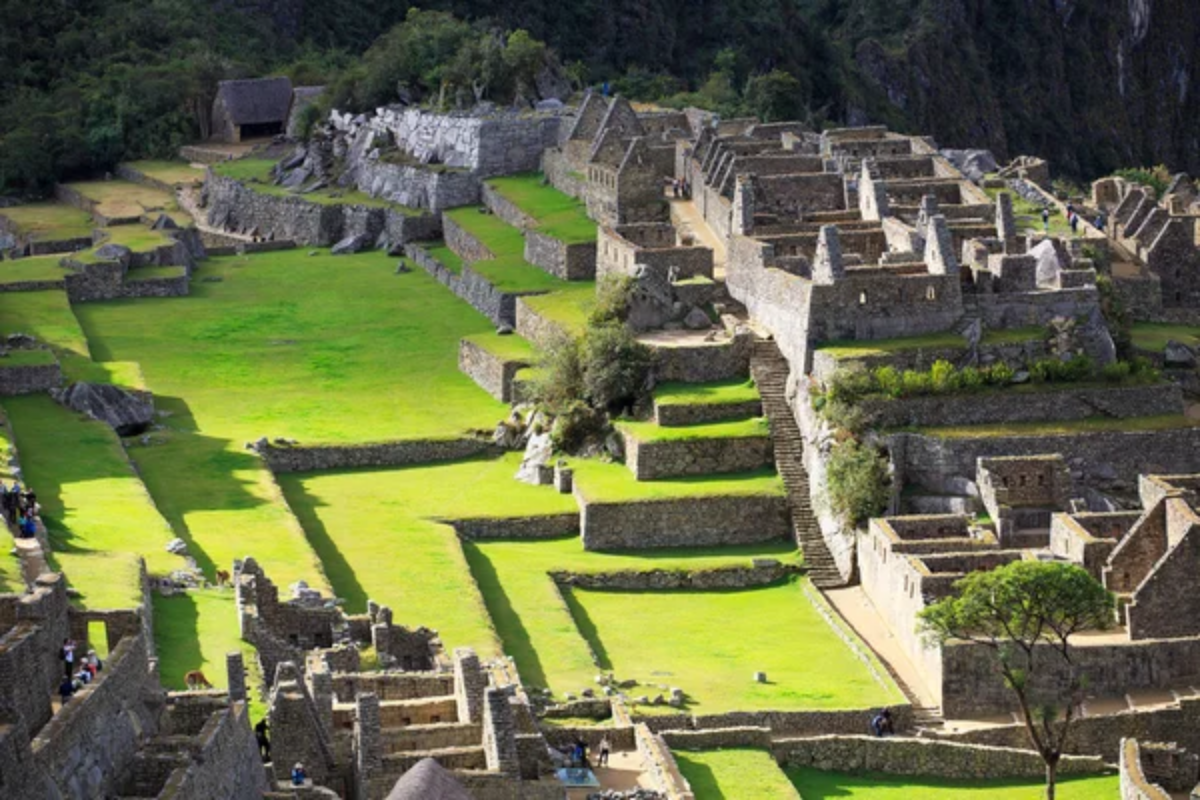
Agricultural terraces surrounding the ceremonial core demonstrate sophisticated Inca farming techniques still influencing modern sustainable agriculture. These precisely engineered growing spaces created microclimates supporting diverse crops at elevations where farming would otherwise prove impossible.
Drainage systems built into the terraces continue functioning after centuries of earthquakes and weather extremes – a testament to engineering precision achieved without metal tools. Standing amid these agricultural spaces prompts consideration of Machu Picchu not just as a spiritual center but as a functioning community that produced its food through revolutionary farming methods.
Guardian’s Hut Perspective
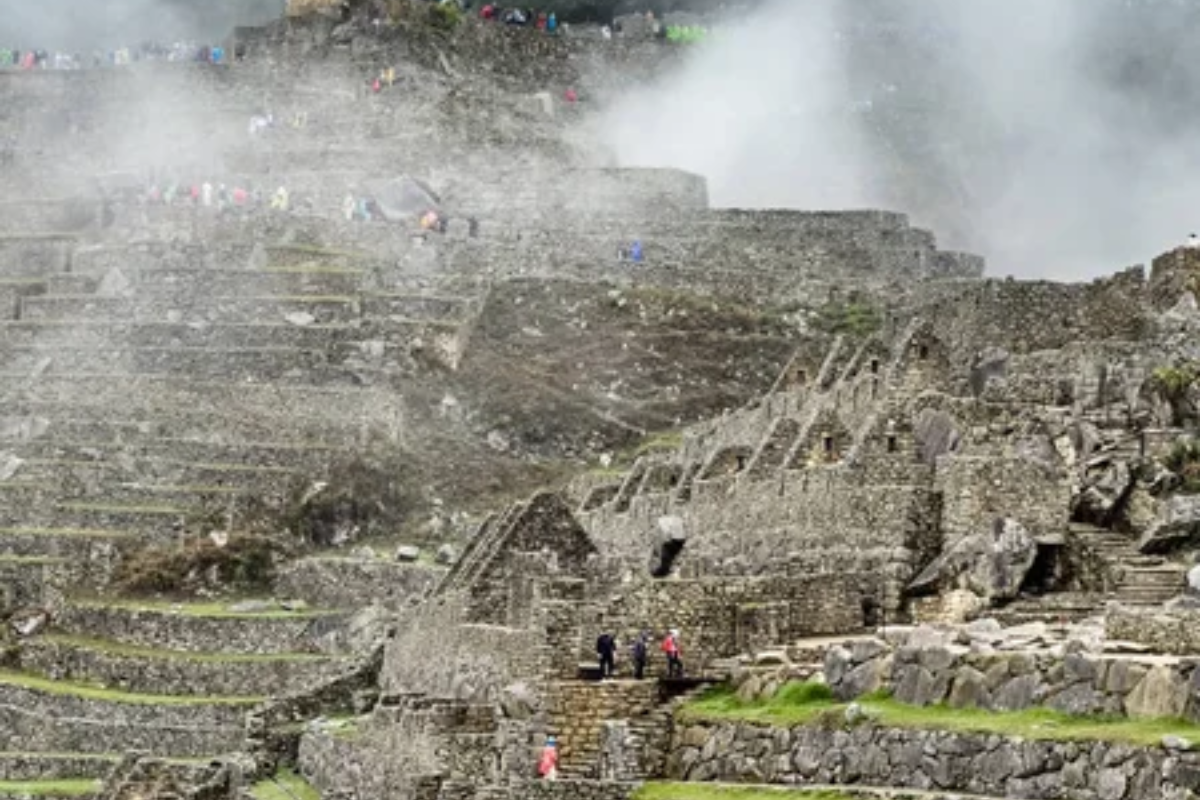
This small structure near the main entrance offers the classic postcard view that appears in virtually all Machu Picchu photography. Arriving mid-afternoon finds fewer photographers competing for the perfect angle as most tour groups have moved deeper into the complex.
Watching clouds cast moving shadows across the ruins below creates a constantly shifting perspective, unlike static photographs. Sitting quietly here for thirty minutes reveals how light transforms the city throughout the day – stone walls changing color from gray to gold as the sun moves westward.
Like Travel Pug’s content? Follow us on MSN.
Intihuatana Stone
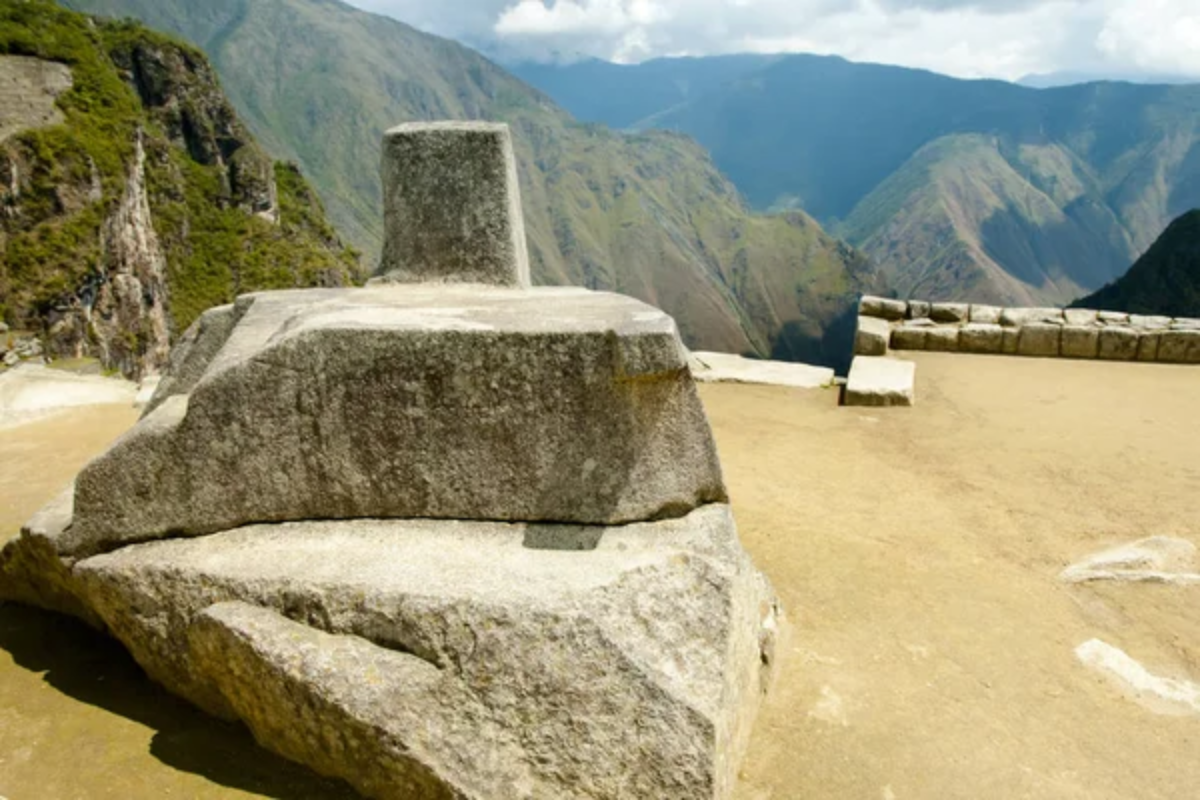
This enigmatic carved rock functioned as both the astronomical observatory and a calendar, connecting Machu Picchu’s inhabitants with celestial movements governing agricultural cycles. The precisely angled surfaces create shadow patterns marking solstices and equinoxes – ancient technology requiring no moving parts.
Surrounding ceremonial spaces suggest important rituals centered around this stone, likely connecting earthly activities with cosmic patterns. Standing beside this sophisticated instrument offers perspective on Inca scientific knowledge often overshadowed by more visually dramatic architectural achievements.
Condor Temple
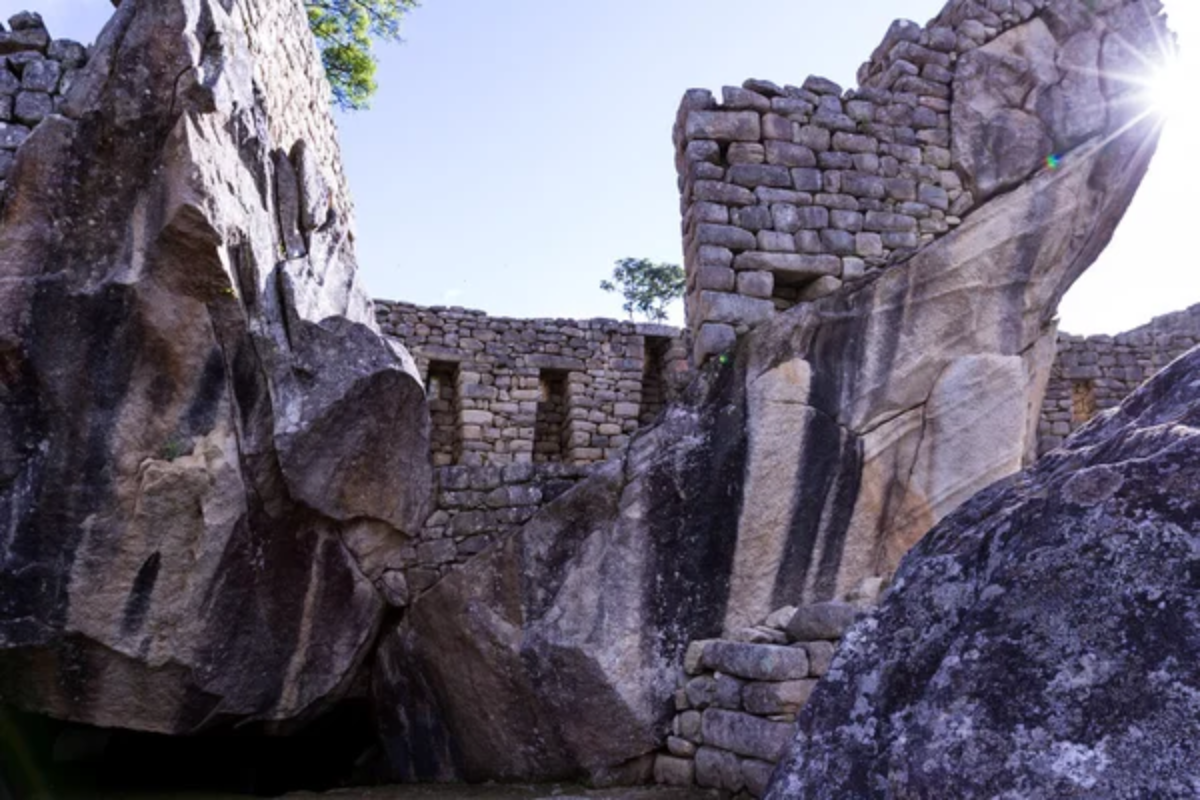
This distinctive ceremonial space incorporates natural rock formations shaped to represent the sacred condor – the bird believed to connect earthly and spiritual realms. The carved wings spread dramatically across the ground while a natural stone altar occupies the position of the bird’s head.
Underground chambers beneath the temple contained ceremonial objects suggesting sophisticated ritual practices occurred in this specific location. The blending of natural and carved elements demonstrates the Inca approach to sacred architecture – not conquering the mountain but revealing forms they believed already existed within it.
Sacred Plaza
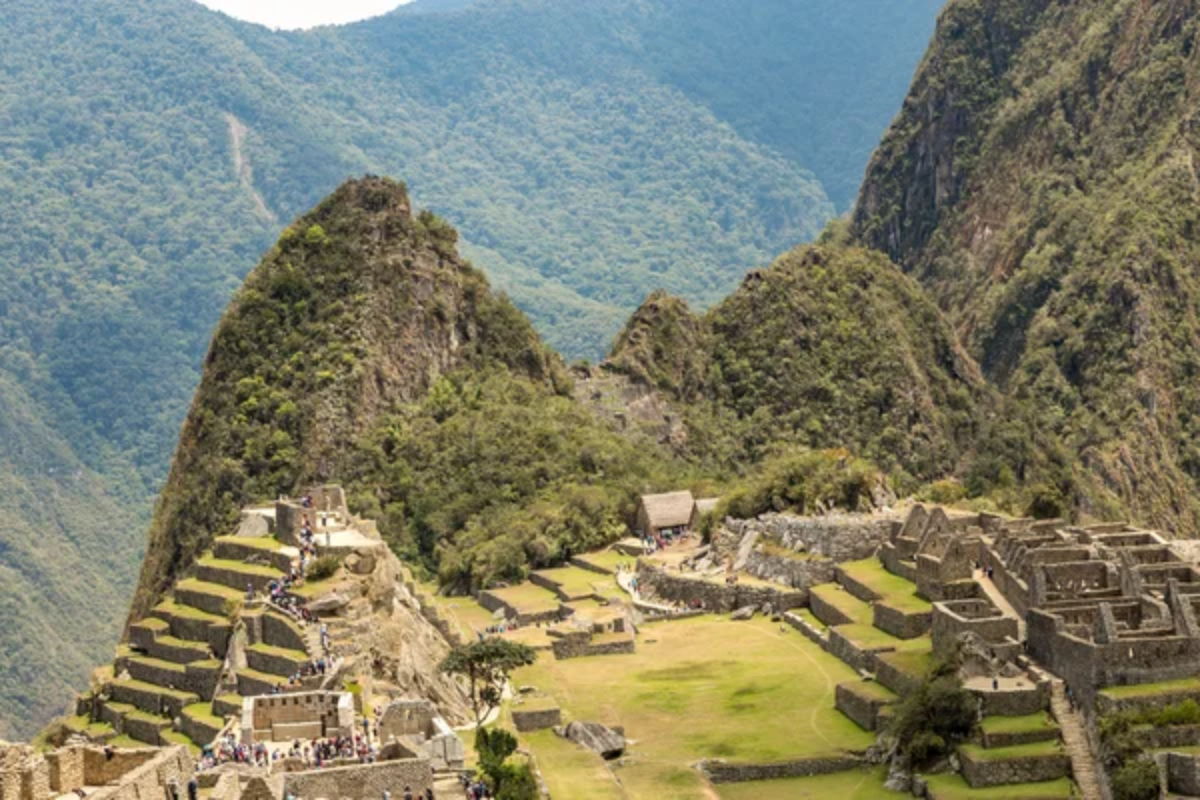
This ceremonial heart of Machu Picchu contains the site’s most precisely constructed buildings, with stones fitted so perfectly that modern tools couldn’t improve them. Three distinct temples showcase different masonry styles, suggesting the evolution of techniques or specific ritual purposes requiring particular architectural approaches.
Morning light enters these structures at specific angles, illuminating interior niches that likely held ceremonial objects or mummies of revered ancestors. Sitting quietly amid these perfectly proportioned spaces allows appreciation of acoustic properties – even whispers carry clearly while outside noises remain muffled by the precisely angled walls.
Like Travel Pug’s content? Follow us on MSN.
Royal Residences

These exceptionally well-constructed buildings housed Machu Picchu’s elite residents, demonstrating social stratification within Inca society. Interior spaces feature sophisticated niches, precisely angled doorways, and window placements that frame specific landscape features beyond the walls.
Private courtyards provided outdoor living spaces sheltered from public areas, creating surprising privacy within a relatively compact community. Imagining daily life within these spaces provides a counterbalance to ceremonial aspects of the site – reminding visitors that Machu Picchu functioned as a home for hundreds of individuals beyond its religious significance.
Hidden Water System
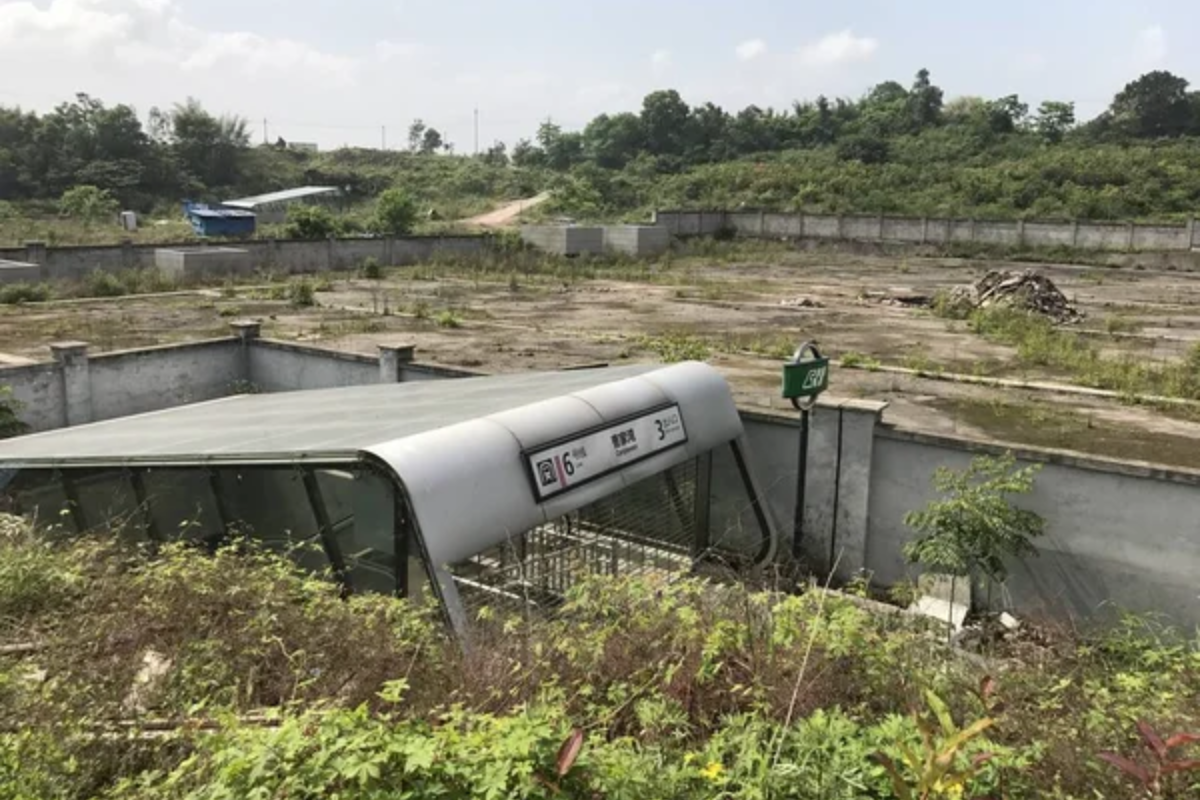
Ingenious hydraulic engineering brought mountain spring water throughout the complex via underground channels still functioning after centuries. Sixteen fountains cascade down the eastern slope, providing drinking water while creating meditative soundscapes throughout residential areas.
Drainage systems beneath major plazas prevented flooding during rainy seasons – invisible infrastructure that helped preserve structures through centuries of abandonment. Following this water path through the site reveals engineering sophistication easily overlooked when focusing solely on dramatic architecture above ground.
Secret Museum Finds
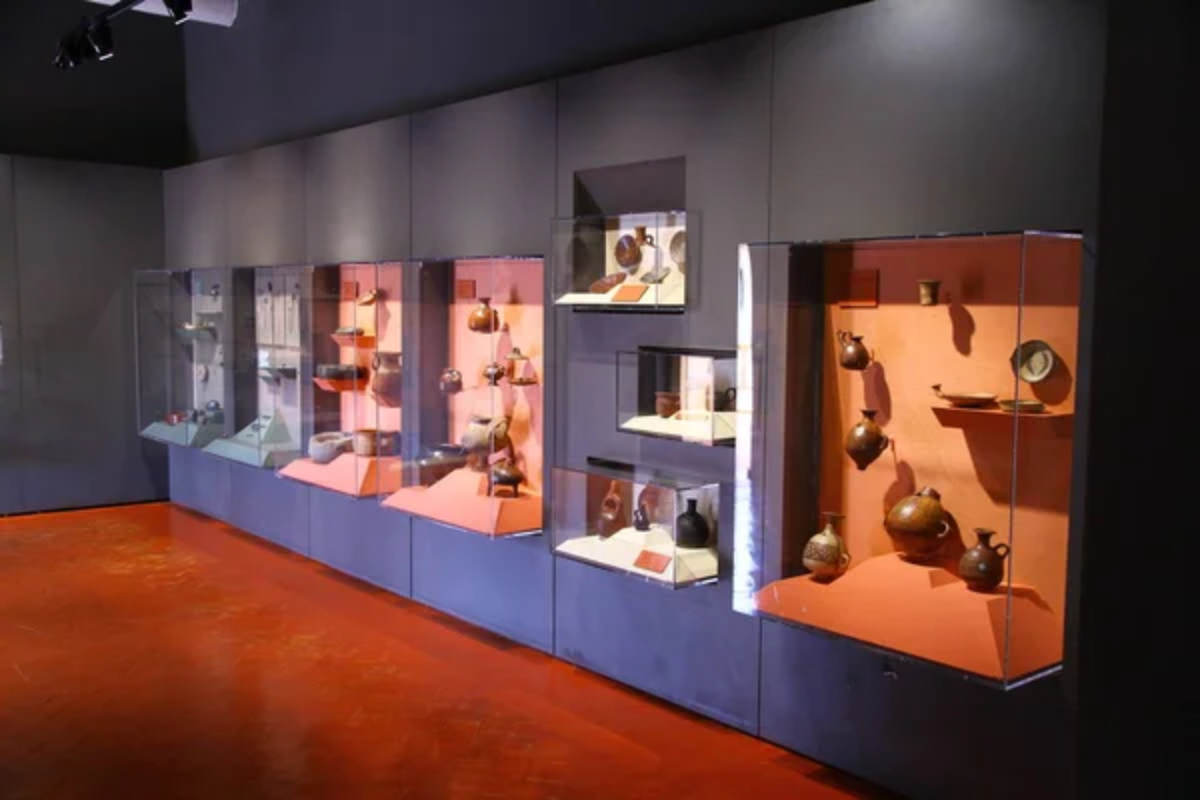
The often-skipped site museum near Machu Picchu Pueblo (formerly Aguas Calientes) displays artifacts recovered during excavations that provide crucial context missing from the ruins themselves. Copper and bronze tools demonstrate metalworking technologies supporting magnificent stonework despite never being incorporated into buildings themselves.
Ceramic vessels show artistic traditions connecting Machu Picchu with broader Andean cultural patterns spanning centuries before European arrival. Textile fragments preserved in high-altitude conditions reveal sophisticated weaving techniques producing cloth finer than contemporary European equivalents – challenging notions about technological development in pre-Columbian America.
Like Travel Pug’s content? Follow us on MSN.
Local Perspective Guides
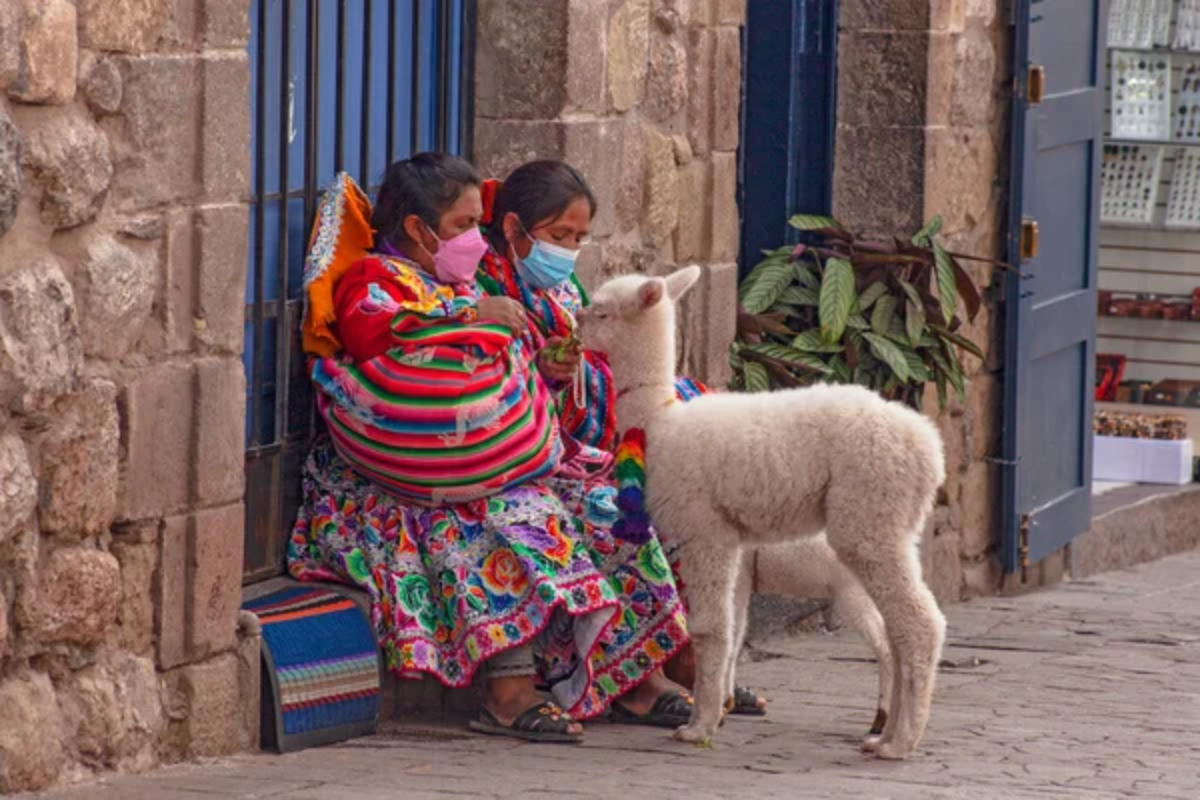
Guides raised in nearby communities bring multigenerational knowledge and cultural context impossible to gain from guidebooks alone. Family stories passed down through generations include oral histories of the site during periods missing from written records.
Agricultural practices still employed in surrounding villages often mirror techniques visible in ancient terraces, providing living connections to Inca agricultural knowledge. These deeply personal interpretations move beyond archaeological facts into lived experience, connecting ancient stones with contemporary Andean identity in ways academic descriptions cannot capture.
Overnight Wonder
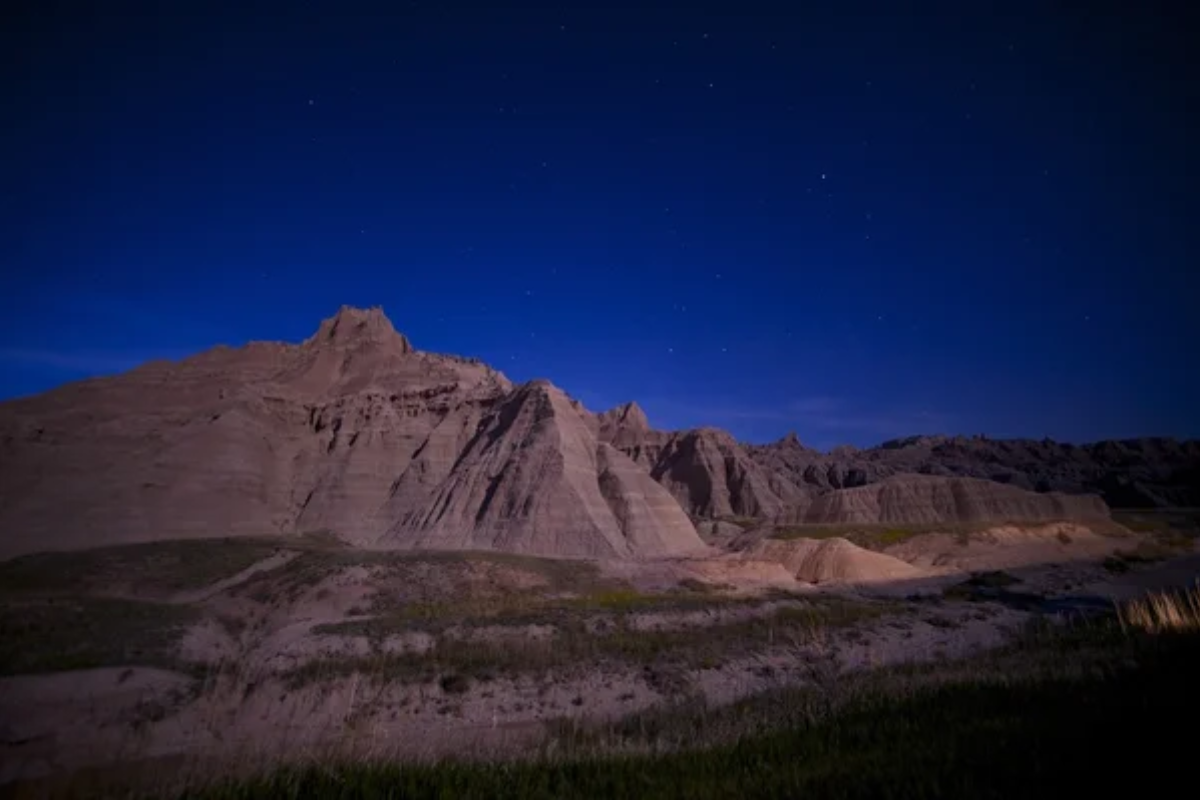
While technically requiring special permission, spending a night at the sanctuary’s edge Belmond Sanctuary Lodge creates unmatched opportunities to experience the ruins without daytime crowds. Early morning access before regular opening hours allows contemplative moments amid stone structures bathed in first light.
Evening brings star-filled skies above ruins that housed astronomers who mapped celestial movements with remarkable precision. This extended time creates space for a deeper connection with the site’s quieter corners where hasty day-trippers rarely venture, revealing subtleties lost during rushed standard visits.
Ancient Whispers Now Heard

Machu Picchu rewards those who venture beyond the obvious – each deviation from standard tourist paths reveals new dimensions of this extraordinary place. These varied experiences transform the site from a passive spectacle into active exploration, from a photographic backdrop into a genuine encounter with Andean history.
The citadel continues revealing secrets through archaeological discoveries and reinterpretations, making every visit potentially transformative regardless of how many times you’ve previously walked these ancient stones. Perhaps the greatest Machu Picchu experience comes through simply slowing down, giving this remarkable achievement the contemplative attention its builders invested in creating it six centuries ago.
Like Travel Pug’s content? Follow us on MSN.
More from Travel Pug

- Cities Growing so Fast You Won’t Recognize Them in 10 Years
- 13 Destinations Where Tourists Regularly Regret Their Trip
- 20 Obscure WWII Sites Even History Buffs Don’t Know About
- 10 Under-the-Radar Mountain Towns That Are Both Affordable and Beautiful
- Remote Villages in Europe Where You Can Live for Free in Exchange for Work
Like Travel Pug’s content? Follow us on MSN.
